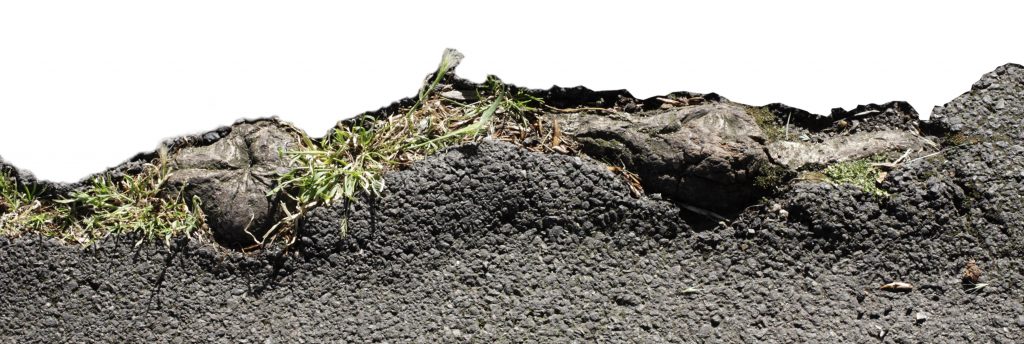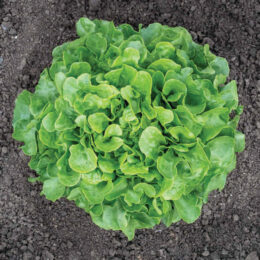

B. Rosie Lerner
By B. Rosie Lerner
Much to the dismay of homeowners, landscape trees sometimes grow roots on top of the surface of the lawn or possibly even buckle sidewalks and driveways. These surface roots can be quite a nuisance to lawn mowers and human feet.
There are several reasons why the roots come to the surface. Some tree species are more prone to surface roots than others, most notably silver maple, poplar and willow. But almost any large, older tree can produce some surface roots.
Although trees do send some roots down deep for moisture and stability, most tree roots tend to grow much more shallowly than most people think — usually only 4-8 inches deep. Just as the trunk of the tree grows in girth with age, so do the roots. So over time, some of the shallow, older roots of the tree will naturally enlarge to the surface. Sometimes, roots become visible due to erosion of the surface soil. Compacted, poorly drained soil will also lead to more shallow root development.
Pruning off the visible roots is likely to cause serious damage to the tree over time and should only be used as a last resort to spare sidewalks and driveways where relocating the pavement is not feasible.
The best prevention for surface roots is to select appropriate plants for the situation such as shorter tree species and planting at least 4 feet away from paved areas. But if you already have an older large tree with surfacing roots, you can adapt your landscaping maintenance to help avoid troubles.
A temporary solution to surface roots is to apply a shallow, 1 – 2 inch layer of good-quality soil mix and then replant the grass. However, it won’t be long before tree roots will reappear as they continue to grow in girth.
A more permanent solution would be to replant the affected surface area with a taller ground-cover type plant that will not need mowing, being careful to avoid injury to the major tree roots at planting. Or, better yet, replace the turf with organic mulch such as shredded or chipped hardwood bark.
Root barriers made of metal, plastic or fabric have been tried with some degree of success in slowing the development of surface roots. However, over time, most root barriers will fail, either through cracking of the material or roots growing under or over the barrier into decorative top mulch.
Rosie Lerner is the Purdue Extension consumer horticulturist and a consumer of Tipmont REMC. Have a question about gardening? Use the form to send it to us. Or, questions about gardening issues may be sent to: “Ask Rosie,” Electric Consumer, P.O. Box 24517, Indianapolis, IN 46224, or ec@ElectricConsumer.org.



